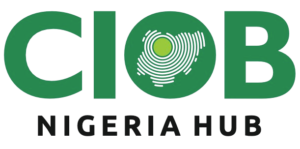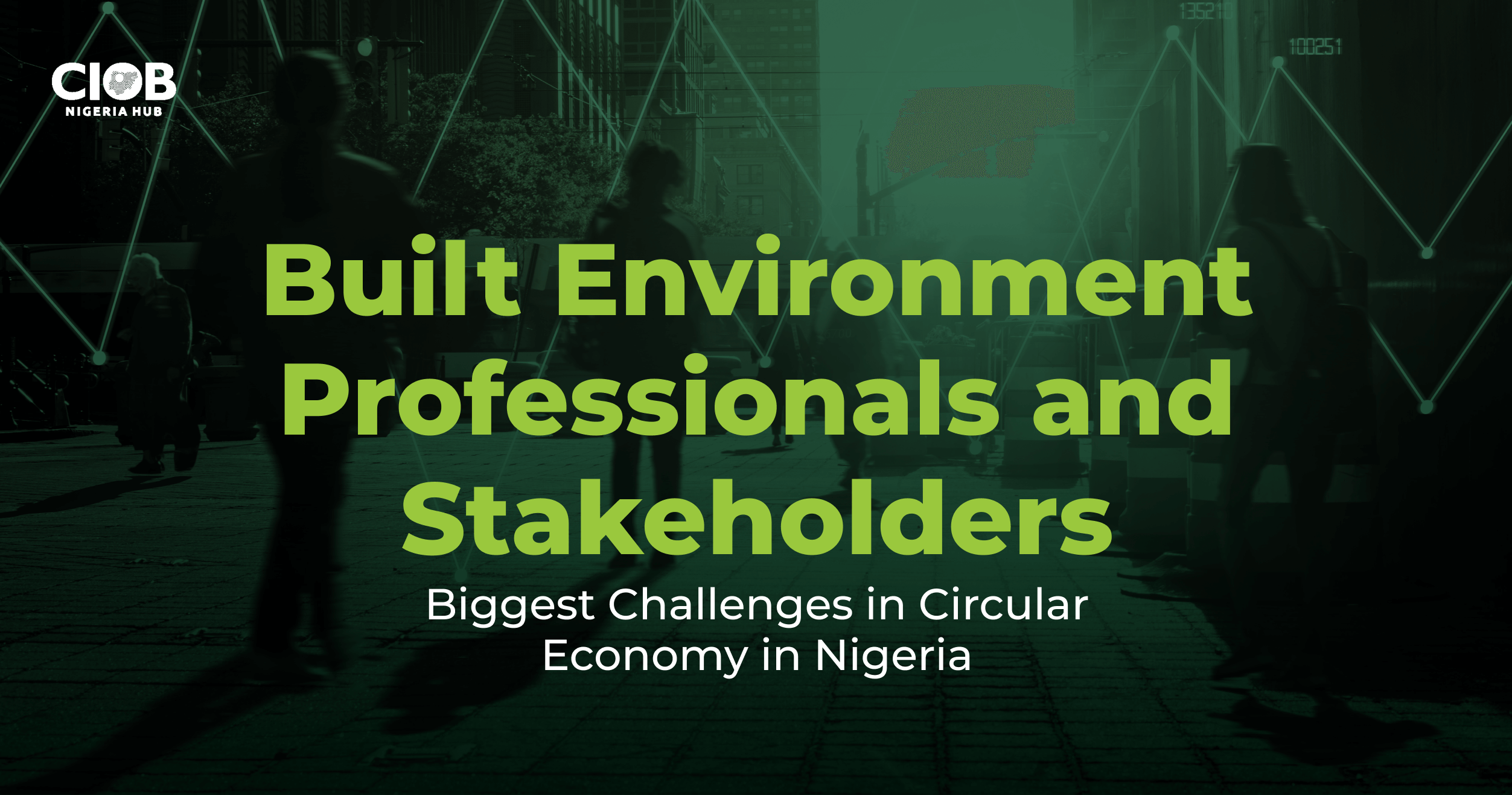
Navigating Climate Risks for Business & Professional Resilience
CIOB NIGERIA HUB partnership and collaborative business continuity in managing risks for businesses and professionals the strategies include:
The hottest year on record was 2024 which every professional and businesses must take into cognizance adaptation and continuity.
Disruption to supply chains due to extreme weather events like floods or droughts, damage to infrastructure from rising sea levels, increased insurance costs related to climate disasters, loss of productivity due to heatwaves, shifts in market demand due to climate regulations, and potential legal liabilities for companies not adequately addressing climate change risks; impacting various sectors like agriculture, energy, finance, and tourism depending on their location and operations.
Understanding Professional and Business Climate Risks: What is involved?
Professional or Business Climate risks refer to the threat’s climate change poses to businesses, communities, and the environment. These risks can disrupt operations, supply chains, and financial stability.
There are two key types:
- Physical Climate Risks – The direct effects of climate change, which fall into two categories:
- Acute risks: Sudden, severe events like floods, wildfires, or hurricanes that damage infrastructure and disrupt supply chains.
- Chronic risks: Long-term changes like rising sea levels or increasing insurance costs for high-risk areas.
- Transition Climate Risks – Challenges businesses face as the world shifts toward a low-carbon economy, including:
- Regulatory risks: Stricter environmental policies, carbon taxes, and mandatory emissions reporting.
- Technological risks: Costs of adopting low-carbon innovations.
- Market risks: Changing supply and demand, leading to rising costs of materials.
- Reputational risks: Public backlash and loss of market share for businesses that fail to act on sustainability.
These risks have significant financial implications. If professionals and businesses don’t assess and quantify them, making a strong case for proactive action becomes difficult.
Identifying potential professional and business climate risks relevant to your business in the
- Short term (1-5 years),
- Medium term (5-10 years),
- long term (10+ years).
Engaging leadership and experts to determine which risks are most significant (material risks).
Assessing existing controls to manage these risks and identifying any gaps that need to be addressed.
Integrating professional and business climate risks into your enterprise risk management framework to ensure they are monitored and mitigated over time.
How to Report on Professional and Business Climate Risks Effectively
To meet evolving regulatory expectations, professionals and businesses should align their climate risk reporting with the ISSB’s IFRS Sustainability Disclosure Standards, which replaced the TCFD framework in 2024. This includes:
- Governance – Who oversees these risks in your profession and businesses? Have you set clear sustainability targets?
- Strategy – What risks could impact your profession and businesses? How will they affect costs, revenue, and investments?
- Risk Management – How does professionals and businesses monitor and prioritize climate risks?
- Metrics & Targets – How are you measuring climate-related performance? Are you tracking Scope 1, 2, and 3 emissions?
Make a decision: Act Now or Regret later
Professional and Business Climate change is no longer a distant threat—it’s a business reality. Professionals and Businesses that take action now will be better positioned for long-term resilience and competitiveness. Those that delay face rising costs and reputational risks.
For more information or to explore how CIOB NIGERIA HUB can support your profession and businesses, please contact our team: info@ciobnigeriahub.org or call +2347064420135


